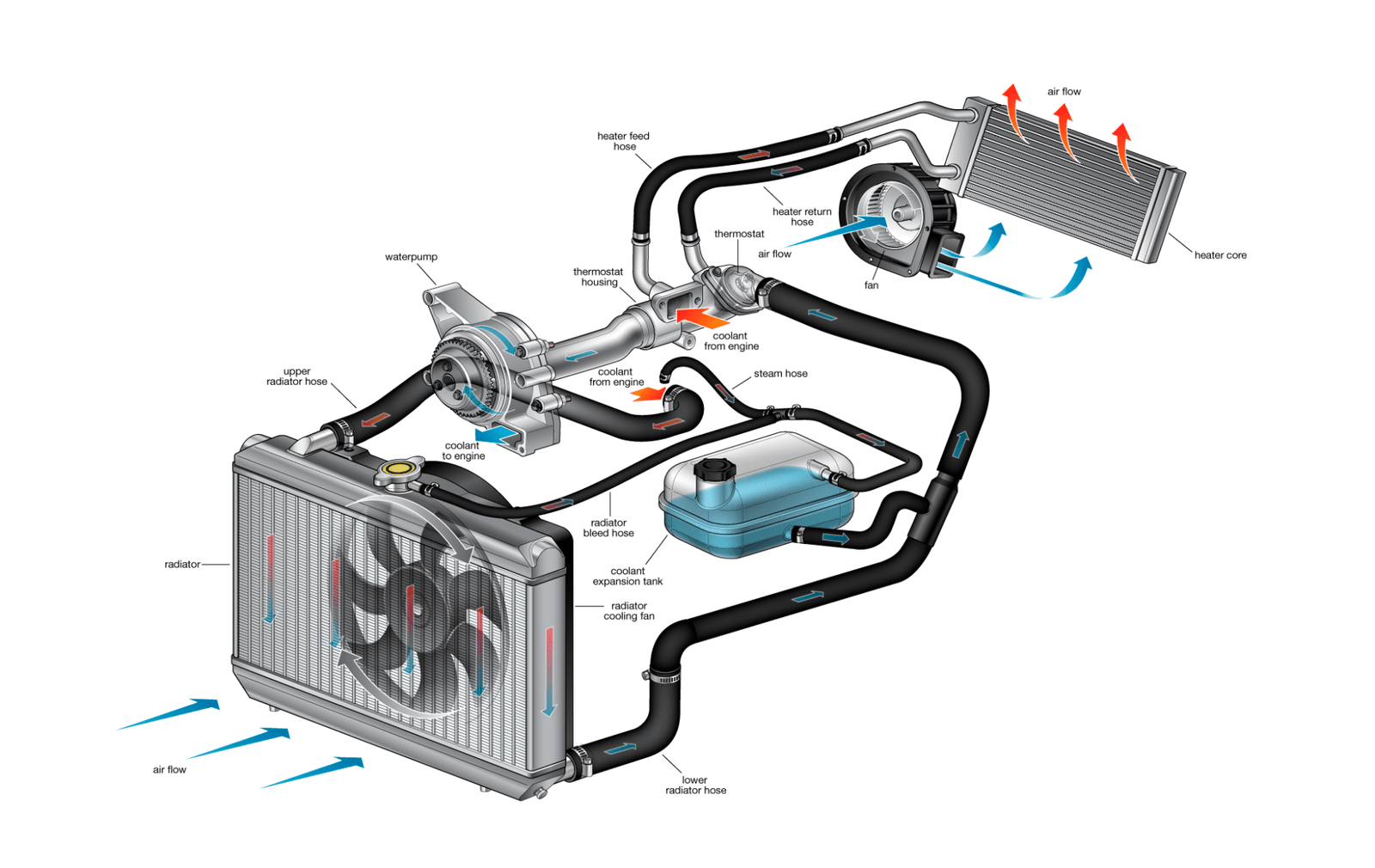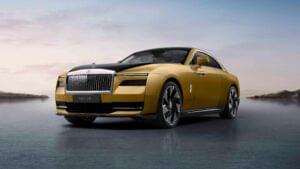A number of pieces and components come together to form the modern car, or “The Vehicle,” as a whole. To carry out various duties, these pieces and components are put together in groupings. Systems are the name given to these groups.
The contemporary vehicle is made up of several different systems, some of which operate together to fulfill a bigger, occasionally more complex purpose and others of which work alone to complete a specific mission. The main components of the contemporary automobile are listed below.
- The Engine, includes cooling and lubrication.
- Evaporative emission is part of the fuel system.
- The Ignition Mechanism
- the electrical system, which covers charging and starting.
- The exhaust system, which includes emission regulation.
- the transmission and the drive train.
- The Steering and Suspension Systems
- Braking System
- The Body and Frame
The Supplemental Restraint System (seat belts and airbags), Temperature Control System (intended to give passengers a comfortable environment in which to ride), and everyone’s favorite, the Sound System, are just a few of the other systems that make up a modern car.
Over the past century, there have been numerous improvements and adjustments, but for the majority of that period, these nine (9) systems have been part of the development and operation of the vehicle.
1. THE MOTOR
The vehicle’s engine is its primary source of propulsion. This is the point at which chemical energy changes into mechanical energy. Internal Combustion Engine is the name given to the most common kind of engine.
In order to drive a series of pistons and connecting rods, which in turn rotate a crankshaft, this engine burns an air/fuel combination internally. This continuous rotating motion is used to drive the vehicle and other components.
The cooling system and the lubrication system are two additional systems that are integrated into the engine and function effectively together. The lubrication system makes sure that all the moving parts are kept well lubricated in order to give a long serviceable life, while the cooling system keeps the engine at the appropriate operating temperature.
2. A SYSTEM FOR FUEL
The role of the fuel system is to store and provide fuel to the engine. Early automobile fuel systems were entirely mechanical, supplying fuel via a mechanical fuel pump and atomizing and blending the fuel with air using a carburetor. Today, the majority of the system is either monitored or operated electronically.
The Evaporative Emission System, which stores raw gasoline vapors that would typically be released to the atmosphere before being pulled in and burned in the engine during normal operation, may also be a part of the fuel system.
3. THE SYSTEM OF IGNITION
The spark required to ignite the air/fuel mixture inside the engine for it to burn is provided by the ignition system. To produce the most horsepower with the least amount of fuel and the fewest hazardous pollutants. the spark must be delivered to the individual cylinders at the proper moment and in the right order.
4. A SYSTEM OF ELECTRICITY
The electrical system supplies the electricity required to run the many electrical parts of the car, including the lighting system. The battery serves as the electrical system’s primary power source. The starting system and the charging system are both parts of the electrical system.
A high power electric motor is used in the starting system to get the engine going quickly enough for the fuel and ignition system to take over. The charging system consists of a sizable alternator that charges the batteries. The alternator is powered by the engine via a drive belt.
5. ASSUMPTION SYSTEM
The exhaust system safely and soundly removes the burned exhaust gasses from the passenger area. The car’s tailpipe is where the burned gases exit the vehicle through a network of interconnected pipes that make up the exhaust system. Through the catalytic converter, which burns any unburned gases leaving the engine before they exit the exhaust system, this system also offers some emission control.
6. TRAIN THE DRIVE
The drive train distributes the engine’s power to the driving wheels. The transmission, driveshafts, and other miscellaneous components make up the drive train. The drive train can be separated from the engine with the use of a clutch (for manual transmissions) or torque converter (for automatic transmissions), allowing the vehicle to come to a stop without the need to turn off the engine.
7. THE STEERING AND SUSPENSION SYSTEMS
The steering and suspension systems gave the driver a secure way to steer the car. The suspension system keeps the vehicle steady when traveling straight ahead or turning by isolating the majority of the vehicle from any road stress. The steering system’s goal is to make it as easy as possible for the driver to maneuver the vehicle in the desired direction.
8. A BRAKE SYSTEM
The vehicle can be safely stopped thanks to the braking system. Both a mechanical and a hydraulic system are part of the braking system. The mechanical brake system is mainly utilized as a backup and in emergency situations, while the hydraulic brake system is the main stopping system. Most contemporary brake systems are equipped with some type of brake assistance, also known as “power brakes.”
9.THE BODY AND FRAME
The car is built on a foundation made up of the frame and body. Originally, the body and frame were constructed independently and only joined during the final phases of assembly. The body and frame of today’s cars are manufactured together as a unit, which reduces weight and improves passenger safety and comfort.




